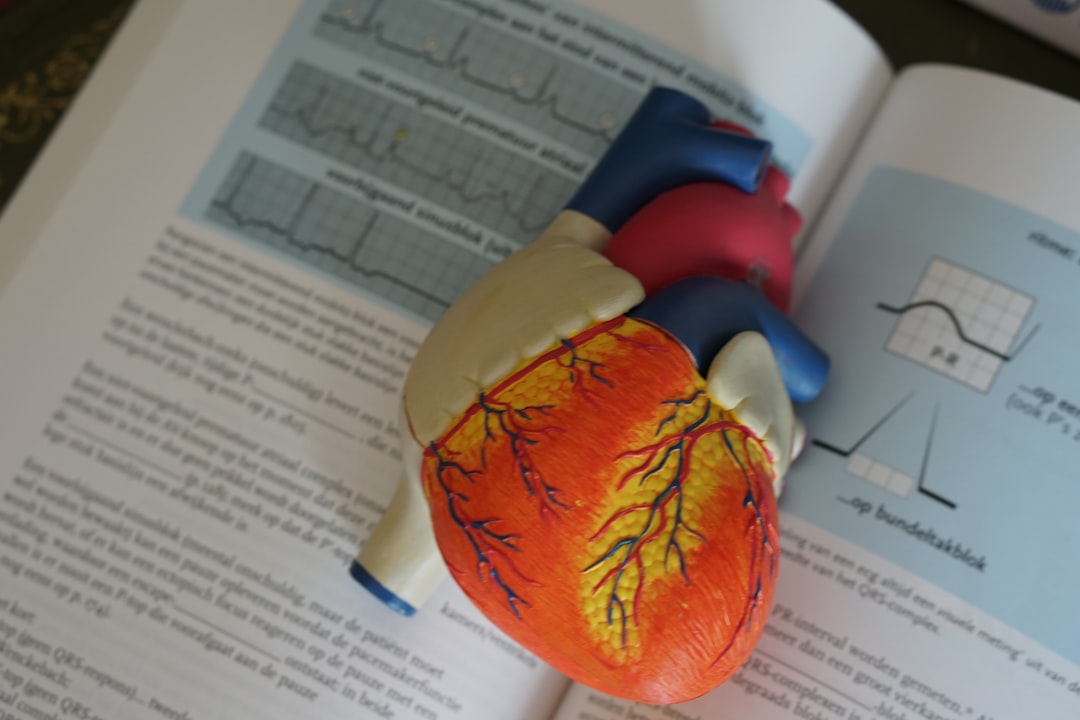What is it about?
An optical isolator is a magneto-optical device which allows the transmission of light in only one direction. It is typically used to prevent some unwanted feedback into an optical system. The isolator has its limitations: when the incident light possesses sufficiently high optical power, the isolator performance starts to degrade significantly. This is caused by the always-present parasitic absorption of a small portion of the optical power in the optical isolator. One of the ways to address this issue is an investigation of novel materials for optical isolators which could guarantee the desired performance even for the high-power optical systems. In this work, we present a cerium fluoride crystal as a potential material candidate suitable for high-power optical isolators operating at visible and near-infrared wavelengths.
Featured Image

Photo by Michael Dziedzic on Unsplash
Why is it important?
The impressive development of the high power lasers and their numerous applications has resulted in intense worldwide research efforts to mitigate the high-power-associated thermal effects, which are severely degrading the performance of a laser or even totally disabling its operation. Optical isolators, the key optical components enabling safe operation of high power lasers, are particularly affected by the thermal effects, because of the relatively high absorption of the currently available magneto-optical materials. Characterization of novel magneto-optical materials is a fundamental part of the mentioned research efforts aiming to overcome the high-power-related limitations of the optical isolators.
Perspectives
This publication informs about a possible utilization of cerium fluoride for a high-power optical isolator. The main advantage of the material is that it could be used for a broad variety of wavelengths.
David Vojna
HiLASE Centre, Institute of Physics, Czech Academy of Sciences
Read the Original
This page is a summary of: Verdet constant dispersion of CeF3 in the visible and near-infrared spectral range, Optical Engineering, June 2017, SPIE,
DOI: 10.1117/1.oe.56.6.067105.
You can read the full text:
Resources
Contributors
The following have contributed to this page










